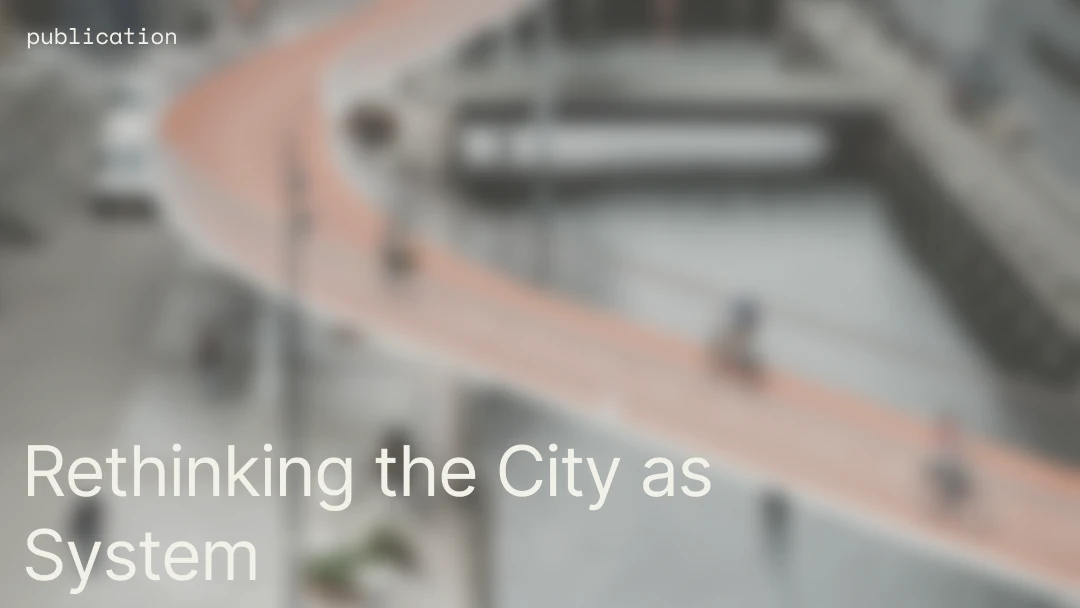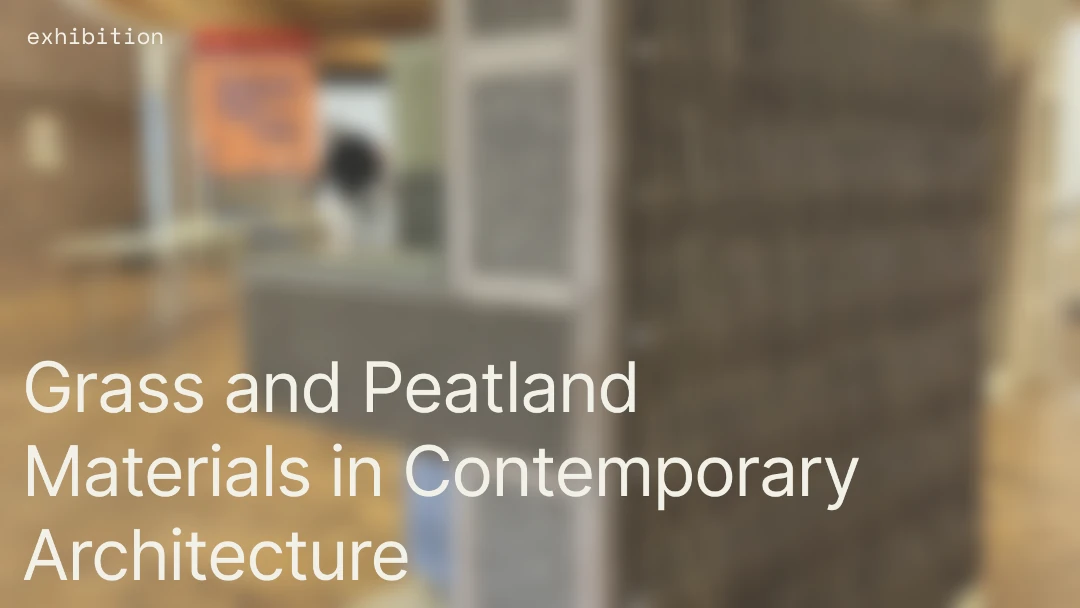
In recent years there has been a real surge of conversations around timber and its adoption has seemingly spread quickly, across many architectural projects. For example, Kengo Kuma’s KKA has recently completed an all-wooden classroom for the Okayama University as well as a temporary cross-laminated pavillion park in Tokyo. Then there is C6, the world’s tallest wooden skyscraper set to be built in Perth, Australia, and designed by Fraser and Partners.
And it’s not by chance. When compared toe to toe with other structural materials, timber has many advantages. As we highlighted in a previous article, timber is relatively affordable, it can bear loads thanks to its great cross-sectional strength, and has excellent acoustic and insulative properties. It can be used for both internal and external applications with minimal differences in treatments and, especially indoor, it can often be left untreated. Not the least, timber can be, on its own, the aesthetic focus of a building, acting both as a structural as well as decor component.
Moreover, timber, as many other biomaterials, acts as a carbon sink. This means that while growing the tree captures CO2 from the atmosphere (around 50 pounds/year) and will keep it sequestered for its entire lifecycle until it will eventually be disposed of. In other words, using timber as a construction material not only can add flexibility to the project but it’s also a choice that makes sense from an environmental perspective. Or does it?
Based on what we’ve said so far, employing timber as the primary construction material should be a no-brainer for every architect, civil engineer, or contractor even remotely aware of the climate crisis looming on the horizon. And yet, as with most choices, it’s not so simple. Before fully committing to all-timber buildings we need to consider a few things.

First of all, while timber is a carbon sink, it only stores the CO2 until it reaches its end-of-life stage. But new trees need to be planted every time one gets cut down and transformed into timber. Which means that if the life cycle of the building is shorter than the growth period of the tree, this process won’t be sustainable. In the end then, we discover that only certain types and parts of trees can be used for this purpose and only for certain buildings. In other words, only the ones that have a short enough growth period while being used in buildings with a long life span can sustainably be transformed into construction timber. This problem has given rise to a cohort of different certifications and standards trying to ensure the end consumers that the timber they are using has been responsibly and sustainably sourced.
Second, there is another factor complicating the widespread use of timber. Not all timber is the same. In fact, the strength, colour, and insulative properties of timber vary widely between different species and subspecies of trees. Norclad has a wonderful guide on the subject that you can read here. But it’s not just about the complication of choosing the right material for each project. One of the biggest obstacles to the spread of sustainably sourced timber is that it needs to be sourced locally. At least if one wants to minimise secondary emissions. The closer materials are sourced to the final destination site, obviously, the better. Which means that worldwide there is going to be huge differences in the availability of certain classes of timber, limiting their use somewhat as each application might need a different type.
The third, and final obstacle is represented by monoculture. It would be much less of a problem to source timber locally if we could just keep replanting the same trees indefinitely. Tree farms would be the norm, and decision-makers could adopt timber without even knowing how to spell “international supply chain.” That is, unfortunately, not the case. Monocultures, meaning the exclusive use of a single type of plant on a given soil, cause immense problems to the surrounding ecosystem as they are terrible for biodiversity. Our environment is balanced on a carefully crafted equilibrium relying on different species of animals and plants to coexist and shape the habitat around them. Which means that, to thrive, diversity is key. In turn, this translates to the de facto impossibility of sustainably keeping up with the demand for timber if we were to completely abandon steel or concrete in its favour.
So, where does that leave us? While a more widespread adoption of timber as a construction material is necessary, it needs to go hand in hand with the use of locally sourced, sustainably produced timber. For this, regulations and clear standards are fundamental to make sure forests are not overused and consumers aren’t misled. But this all likely won’t still be enough to push the built environment towards truly sustainable building practices and material choices. There is, however, a potential solution.

Trees aren’t the only carbon sinks which can be used as building components. There is a whole cohort of biogenic materials that, compared to trees, present many advantages. Bamboo, for example, is a fast-growing, structurally resilient material that is already finding a lot of applications within architectural projects. Its faster growth rates allow its sustainable sourcing to happen on a large enough scale to accommodate the rising demand. Plus, as a final product bamboo is extremely versatile. It’s easy to laminate and its strands can be layered and woven together to accommodate multiple shapes.
Eelgrass, straw and hemp are other examples of fast-growing biogenic materials that could revolutionise the industry. Each of them has distinct benefits and will be extremely valuable in letting the construction industry choose better, more eco-friendly materials. Rammed earth solutions, as well as recycled composite materials will also have their important part to play in the future of the built environment. Which one?
Follow our blog and join our newsletter to not miss our upcoming series of articles focusing on exactly this topic. We will explore biogenic materials in depth and examine other material solutions to holistically answer the question: can new materials save the planet?




























